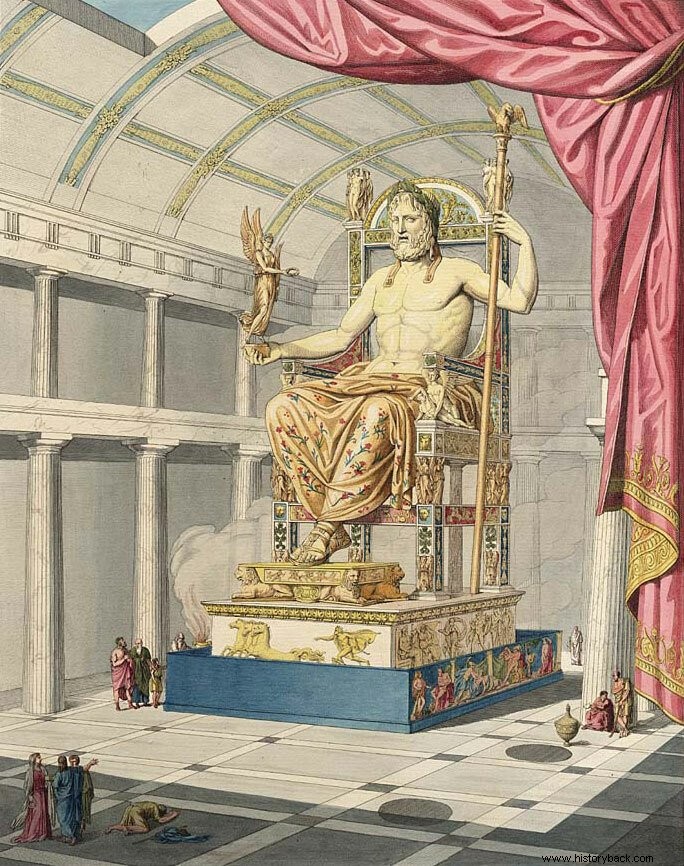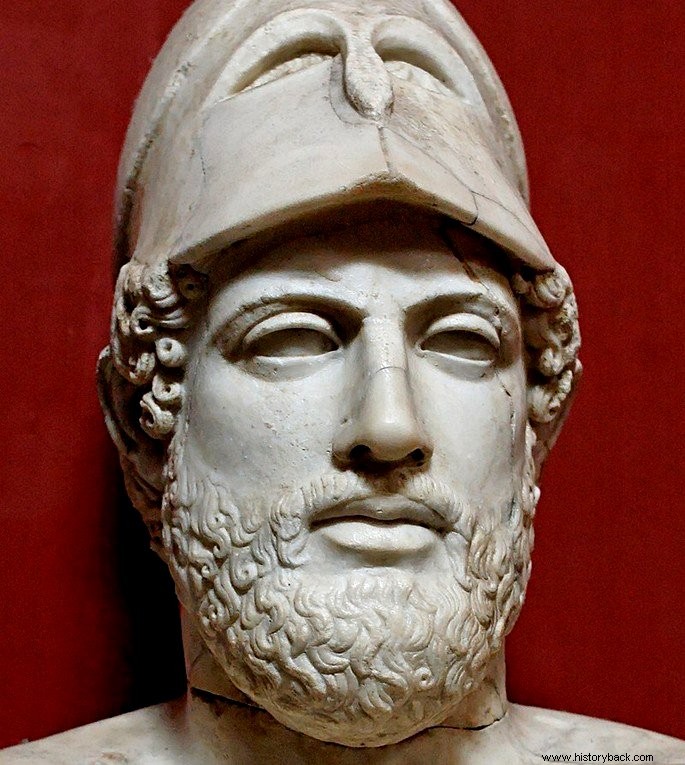The most famous sculptures are the Greek ones. They achieved perfection never before achieved, so they left a legacy and inspire artists to this day. They were inspired by Egyptian sculptures and were copied by the Romans.
Characteristics
Egyptian sculptures were static, did not show movements and portrayed, especially, the pharaoh. Greek statues, in turn, managed to display the movement , the idealized beauty or perfect, as well as balanced proportions .
Gradually, the arms extended by the body gained some movement, while the muscles stood out from the sculptures and other details were added, such as the hair.
Discover the History of Sculpture.
Beyond the human figures animal figures were also made , especially horses.
Sculptors and Works of Art
Phidias is the most famous of all Greek sculptors. He is the creator of "Athena", from 438 BC. and from "Zeus", 456 B.C.
The statue of Athena was situated in the Pantheon of Athens and that of Zeus in the Temple of Zeus in Olympia.
Both were lost with time, destroyed under unknown circumstances, presumably by earthquakes. Thus, what remained were descriptive accounts and representations on coins.
The Sculpture of Zeus is considered one of the Seven Wonders of the Ancient World.

Praxiteles is one of the most famous Greek sculptors. It mainly stood out from the Sculpture of Aphrodite , in 340 BC. - the first female nude.

Crésilas he is especially known for the bust of "Pericles", created in 425 BC.

Fortunately, some Greek masterpieces were copied by the Romans, so they survived and were able to come to our knowledge, since the Greek originals were lost.
Also read:
- Greek Art
- Venus de Milo
Methods and Materials of Greek Sculptures
Bronze was the most suitable material for the Greeks. Previously, marble was used, but it broke easily under its own weight, making execution difficult and compromising the durability of the piece.
Despite the fact that for a long time Western culture has nurtured the idea that Greek sculptures were entirely white, it is known that they were painted. Paint was used on skin, hair, and clothing.
Meanwhile, spears and helmets were made of bronze, as well as, in some sculptures, a disc placed to prevent them from being targeted by the birds' dirt.
Statues made of bronze were coated with wax and polished. On the lips, copper or silver was used.
For a better understanding of the subject, see:Evolution of Greek Sculpture.
Differences between Greek and Roman Sculpture
Greek sculpture gave rise to Roman sculpture. However, the Roman one attributes to its representations the realism of the forms, while the Greek sculpture was essentially idealistic.
Thus, the Romans portrayed aged faces, while the Greeks gave youth to busts - even of those who were no longer young. Emperors were portrayed without imperfections (to assume a divine character), just as hairstyles were well-crafted for Greek women.
Learn more at Roman Sculpture.
Bibliographic References
PROENCA, Grace. Art History. São Paulo:Editora Ática, 1994. 2.
